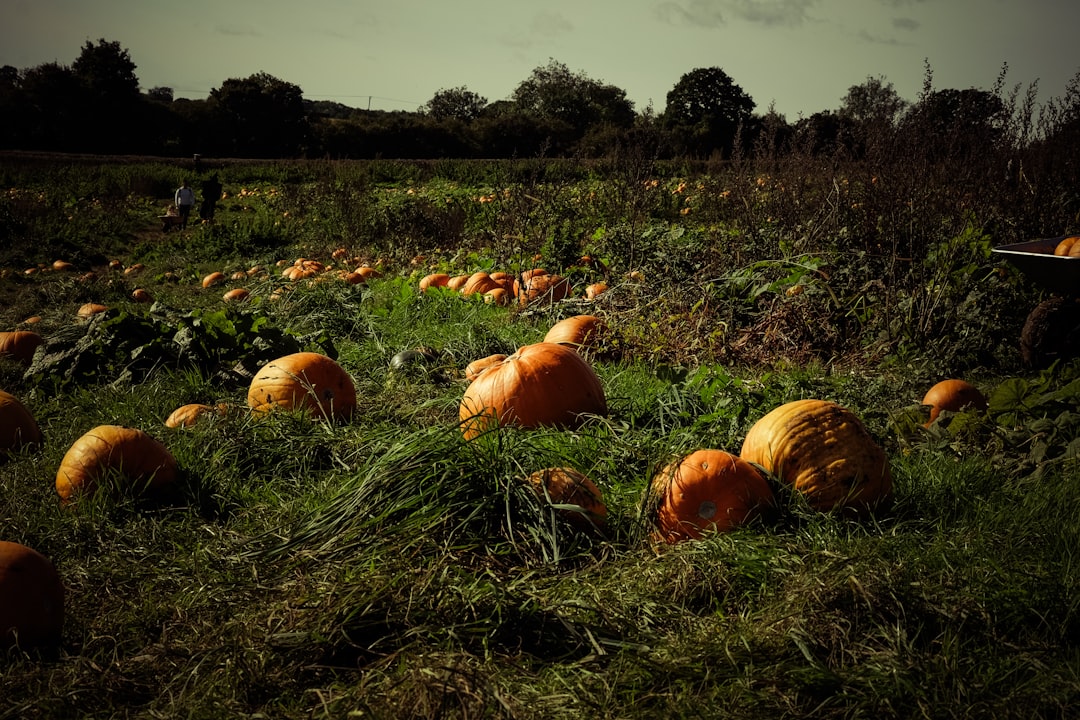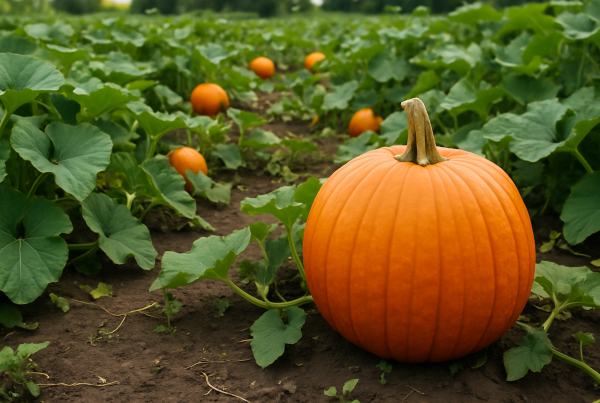Discovering Pumpkins: Unveiling Their Scientific Name, Origins, and Original Uses
Pumpkins, a staple of autumnal celebrations, possess a fascinating history and a rich tapestry of cultural significance. Originating from the Americas, pumpkins have been cultivated for thousands of years, and their scientific name, Cucurbita pepo, places them within the gourd family. As we delve into the pumpkin origin story, we’ll discover their journey from a vital food source for indigenous peoples to their role in modern seasonal festivities like Halloween and Thanksgiving. Understanding what were pumpkins originally used for not only enriches our appreciation of this versatile fruit but also highlights its journey across various cultures and continents. This exploration will unravel the pumpkin origin country and the diverse uses that have evolved over time, offering an engaging perspective to gardening enthusiasts and pumpkin lovers alike.
Pumpkin Origins and History
Tracing the Pumpkin’s Roots
Pumpkins have a storied past that traces back over 7,000 years to Central America, specifically the regions of modern-day Mexico. Archaeological evidence suggests that ancient civilizations, such as the Aztecs and Mayans, cultivated pumpkins not only for their flesh but also for their seeds, which were a valuable source of protein. The term “pumpkin” itself is derived from the Greek word “pepon,” meaning “large melon,” which was adapted by the French into “pompon,” and later the English into “pumpion.” This historical journey underscores the pumpkin’s significance in early agricultural practices and its spread across various cultures. By understanding the pumpkin origin country, we gain insight into how this versatile fruit became integrated into global cuisines and traditions. The rich history of pumpkins highlights their enduring importance and adaptability through the ages.
Ancient Uses of Pumpkins
In ancient times, pumpkins were a multifunctional resource for indigenous peoples of the Americas. Their uses extended far beyond their nutritional value. Pumpkins were initially cultivated for their seeds, which were easier to dry and store than the flesh, providing a reliable food source. The flesh itself was often baked, boiled, or roasted. Additionally, pumpkin shells served practical purposes; they were dried and used as containers or bowls, thanks to their hard and durable nature. Indigenous cultures also utilized pumpkins in medicinal remedies, leveraging their properties to treat ailments such as intestinal issues. Furthermore, pumpkins played a role in social and cultural practices, symbolizing harvest and abundance. By exploring what were pumpkins originally used for, we gain an appreciation for their versatility and significance in the daily lives of those who first cultivated them, illustrating their essential place in history and culture.
Pumpkins in Cultural Celebrations
Pumpkins hold a prominent place in cultural celebrations, most notably during Halloween and Thanksgiving in North America. The tradition of carving jack-o’-lanterns began with Irish immigrants in the 19th century. They adapted their custom of carving turnips to ward off evil spirits, using the more abundant and easier-to-carve pumpkins in the New World. This practice has since become a hallmark of Halloween festivities. During Thanksgiving, pumpkins are celebrated as a symbol of the harvest season. Pumpkin pie, with its rich flavor and creamy texture, has become a staple dessert, embodying the essence of fall. Beyond these holidays, pumpkins are featured in numerous autumn festivals and fairs, showcasing their versatility and appeal. These events often include pumpkin-themed activities such as pie-eating contests and pumpkin-carving competitions, further embedding pumpkins into cultural traditions. By understanding their role in celebrations, we appreciate the pumpkin’s enduring cultural significance across generations.







